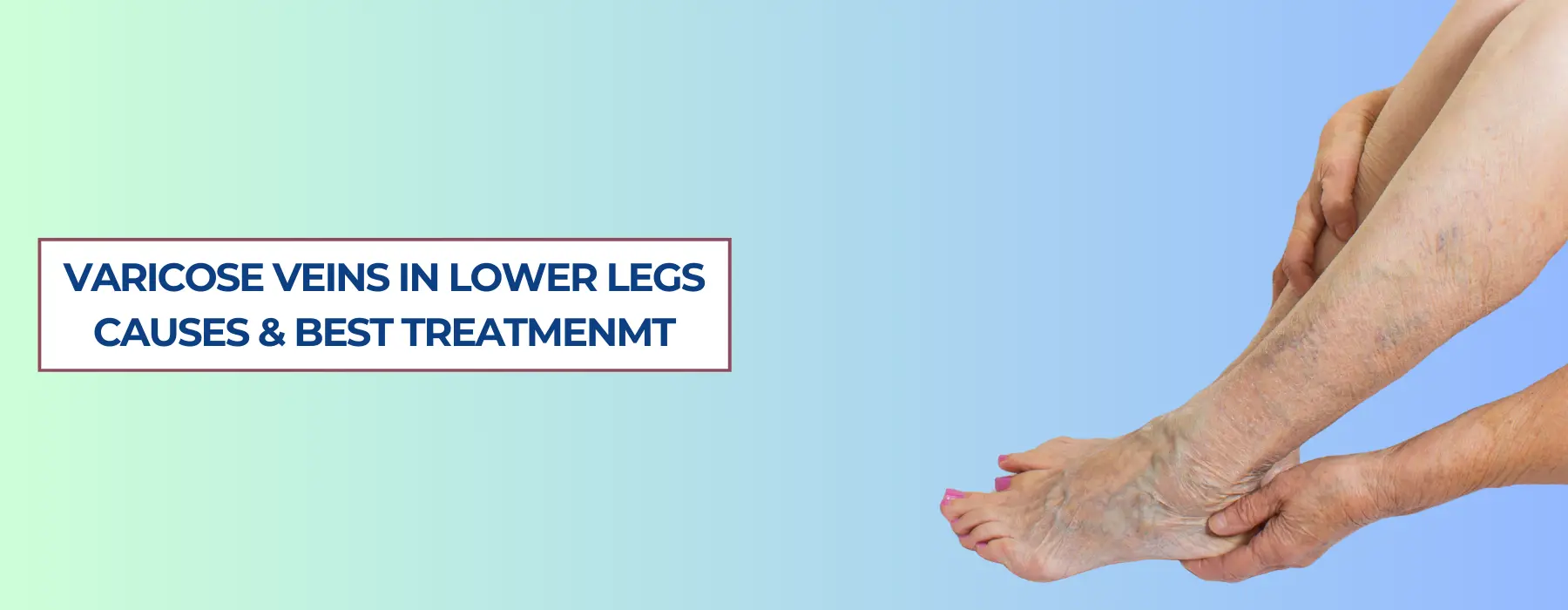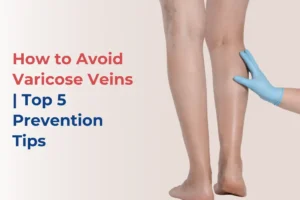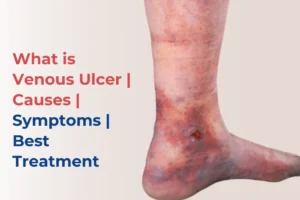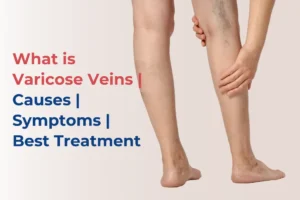Varicose veins in lower legs are more than just a cosmetic concern—they can affect daily comfort and long-term vascular health. Thanks to modern treatments like EVLT, RFA, and sclerotherapy, patients can now enjoy effective relief without surgery or long recovery times.
If you are experiencing leg heaviness, swelling, or visible bulging veins, it’s time to seek professional help. Book a consultation with Dr. Santosh Patil at Expert IR Clinic, Pune, and take the first step toward healthier, pain-free legs.




